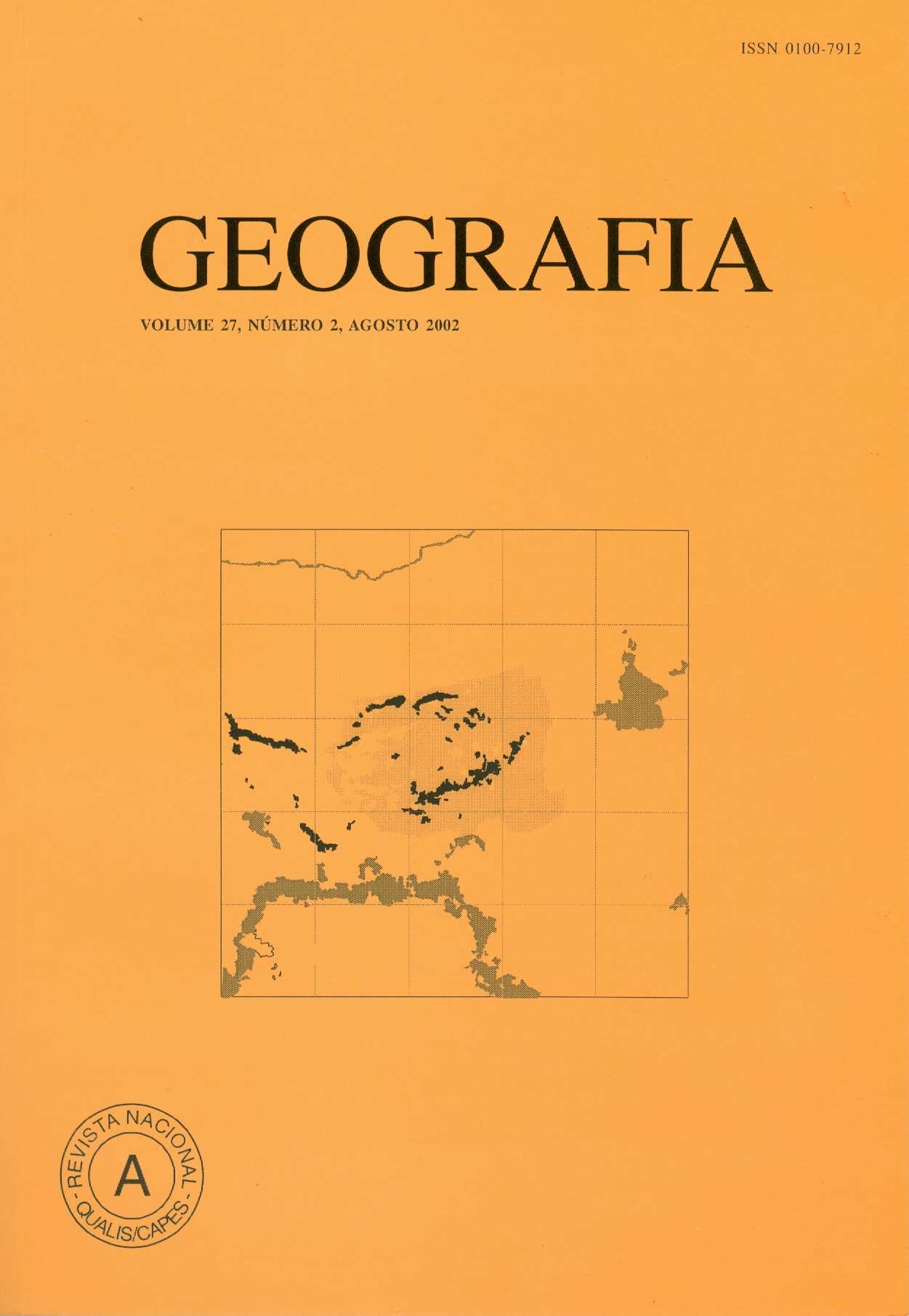Geographical Studies of Brazil in the United States and Canada from 1945 until 2000*
Abstract
he majority of mid-20th century geographical studies of Brazil by North Americans was regional-descriptive, but research conducted in recent decades has been more topic-oriented. Most of the studies have dealt with environmental and settlement issues associated with increasing population densities in the Amazon region. Agricultural and land-use practices in northeast and southern interior frontier areas have also attracted attention. Surprisingly few studies reported in the North American geographical literature have dealt with economic issues or the application of contemporary analysis tools such as GIS. The population centers of the southeast also appear to have been neglected. Reasons for these evident trends may be: North American geographers are publishing in journals from fields outside of geography; Brazilian scholars are providing adequate coverage of the topics neglected by North Americans; and the personal interests and experiences determine the type of research conducted by North American geographers. Key words: Brazil, geographical research, regional studies, social sciences, paradigm, settlement.Downloads
Published
Issue
Section
License
The authors maintain the copyright and grant GEOGRAFIA the right of first publication, with the articles simultaneously licensed under the Creative Commons BY 4.0 License, which allows sharing and adapting the articles for any purpose, as long as appropriate credits and provisions of image rights, privacy or moral rights. Other legal attributions can be accessed at: https://creativecommons.org/licenses/by/4.0/legalcode.en.
Geography, Rio Claro, SP, Brazil - eISSN 1983-8700 is licensed under the Creative Commons BY 4.0 License.





